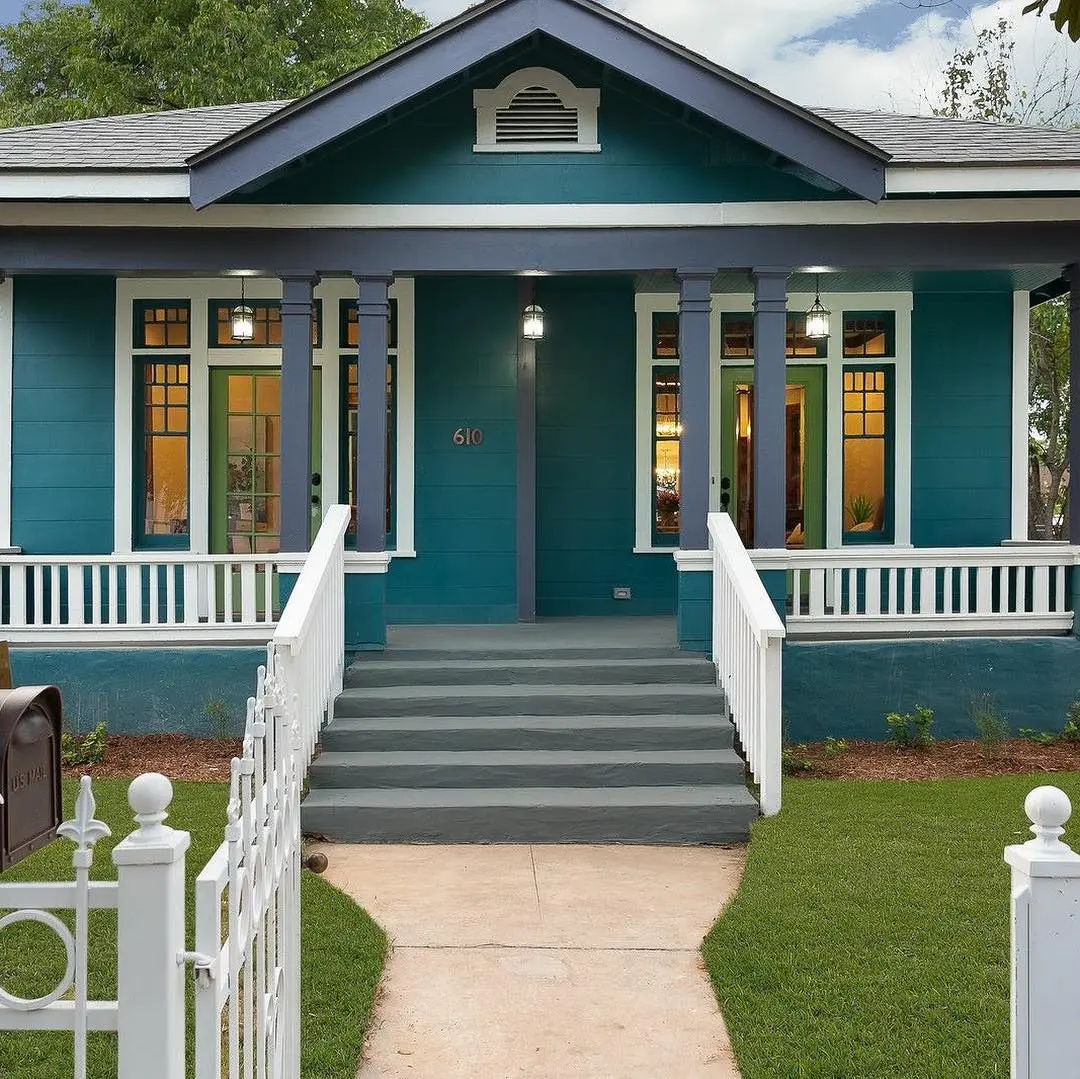
In 2018, Macario Escamilla got a phone call from New Western agent, Gabriel Esparza, about an opportunity that perfectly fit his criteria. It was a historic home built in 1913 located near downtown San Antonio.
“I walked the property and knew the bones were good,” Macario recalled. “The area was great and had a lot of potential.”
Macario purchased the property from New Western and got to work.
“I knew the outcome would be for me to flip the property and not keep it a duplex. The rent comps are not there in that area. I’d be losing my tail on that. I needed to flip it.”
Given that his plans included converting this historic duplex into a single-family home, attention to detail was key. In addition to potential layers of previous repairs over the decades to contend with, investors are often forced to deal with layers of bureaucratic red tape when renovating a property in the historic district.
“By far the biggest issue I had to overcome was getting the local historic board to approve the plans,” Macario remembered. “I had to have sketches and answers for everything. If I wanted to knock down a wall, change the landscape, remove a tree, move a mailbox or add a rail, I needed to explain why. They even want to know the type of gravel or cement you’re using for the driveway. It’s a very intense process.”
What made things even more challenging was the calendar; the San Antonio Historic and Design Review Commission only meets twice a month. If you miss something and your renovation plans aren’t approved, you must wait two weeks before getting another opportunity to make your case. And that can put you two weeks behind schedule.
Macario recommends spending time at your local historic office and visiting with board members. “I asked a lot of questions before my hearing. ‘What should I watch out for? What should I provide more detail on?’ It was time well spent because I had no issues getting my renovations approved.
Getting plans approved may have been Macario’s biggest issue, but it wasn’t his biggest expense.
“The foundation, plumbing and electrical will be your biggest costs for historic properties like this one,” Macario said from experience. “If you use an average 1,500 square-foot home as an example, you can expect to spend around $10,000 on foundation work, $7,500 on plumbing and $6,500 on electrical. If you use those basic numbers for a 1,500 square-foot home, you’ll fall in line every single time.”
Converting the property from a duplex to a single-family home added its own level of complexity. Knowing he wanted to flip the finished property rather than rent it, Macario set about designing a floor plan that would be more functional as a single-family home. That required having a property that was originally designed for two sets of utility meters (electricity and water) converted into one.
“The other thing I wanted to do with this property is make it unique,” Macario said with a smile. “You’ve got to be different in order to stand out, and that requires taking the risk and spending money so you can make even more in the end.”
One of Macario’s secrets to making the property special was looking beyond the typical big-box retailers and ordering material through several specialty websites.
“I originally wanted to spend $70,000 and I went over that, of course,” Macario laughingly recalled. “I started seeing the potential of the finish outs. I realized I can actually get more than I want to price per square foot if I add a few more things that no one else would.”
That included making the decision to restore the original hard wood floors and windows rather than replacing them with new materials. “It cost me more money to keep those original windows, believe it or not, because I had to get those functioning to pass the buyers’ inspection. Each window ran about $275 a window just to fix, some even more,” Macario recounted. “Most of the windows had weights. They had to go in there, open up the side of the window and fix the weights to get every window functioning. At the same time, for that area, it was going to bring more value.”
From thoughtful restorations to the addition of new lighting that looked antique and high-end finishes like a copper sink and vent hood, it all added up to create a property greater than the sum of its parts.
“New Western does a great job of finding properties that are impossible to find. I just wish I’d met them five years earlier,” Macario laughed. “I’d be so far ahead right now!”
Success in real estate investing takes hard work, perseverance, and not a small amount of luck. The deal results shown here may have been preceded by others that weren’t as profitable, but paid dividends in the knowledge and experience gained. Every deal is different and you shouldn’t expect results like these on the typical investment. The investors featured by New Western volunteered to share their experiences with other investors and are not paid for their stories.
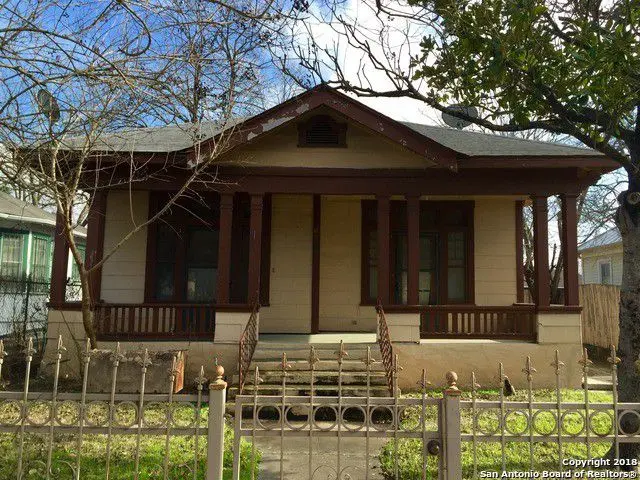
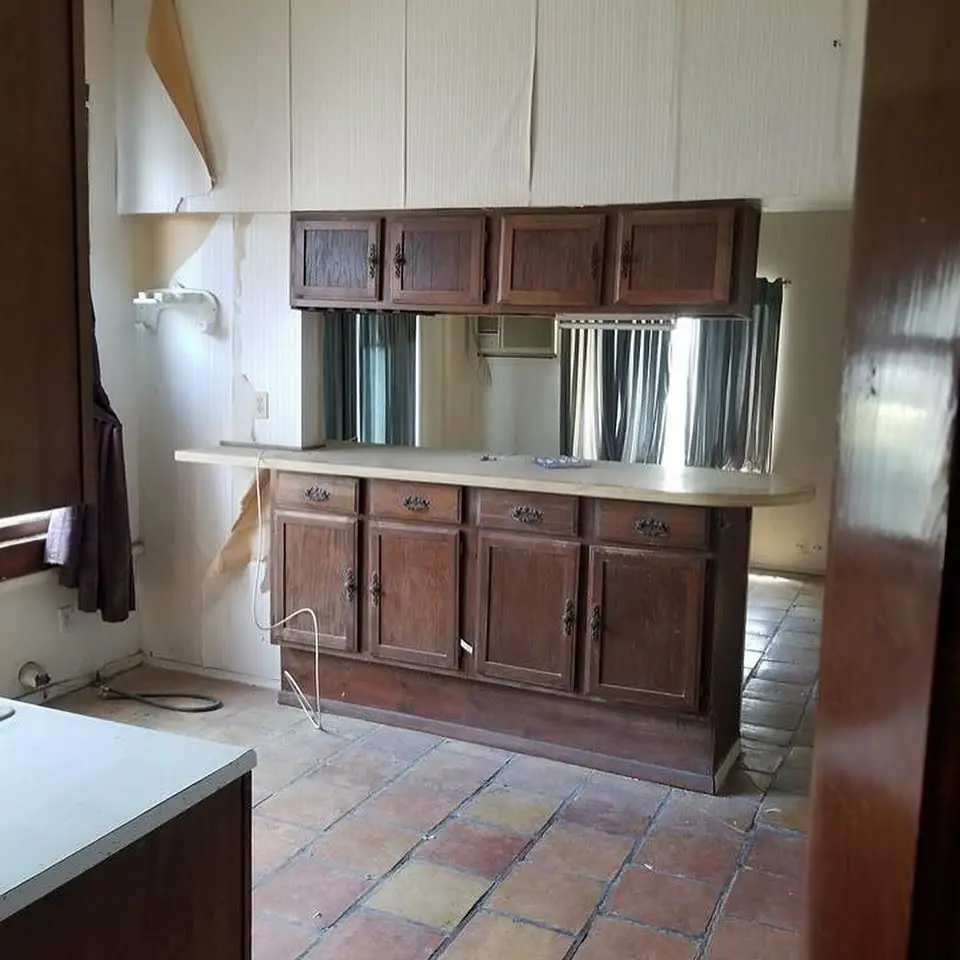
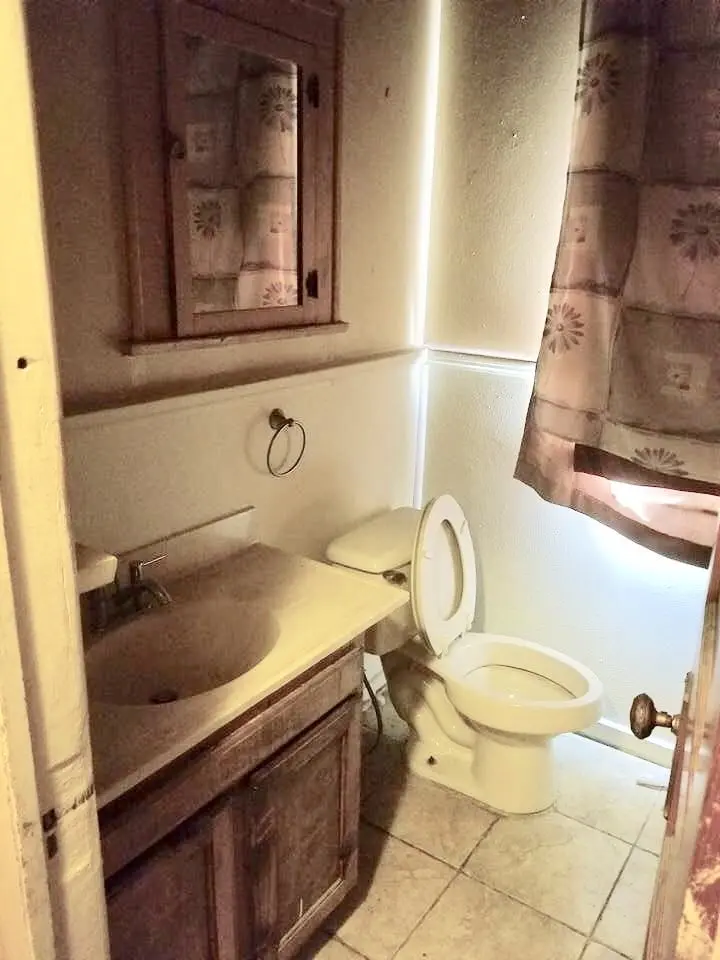
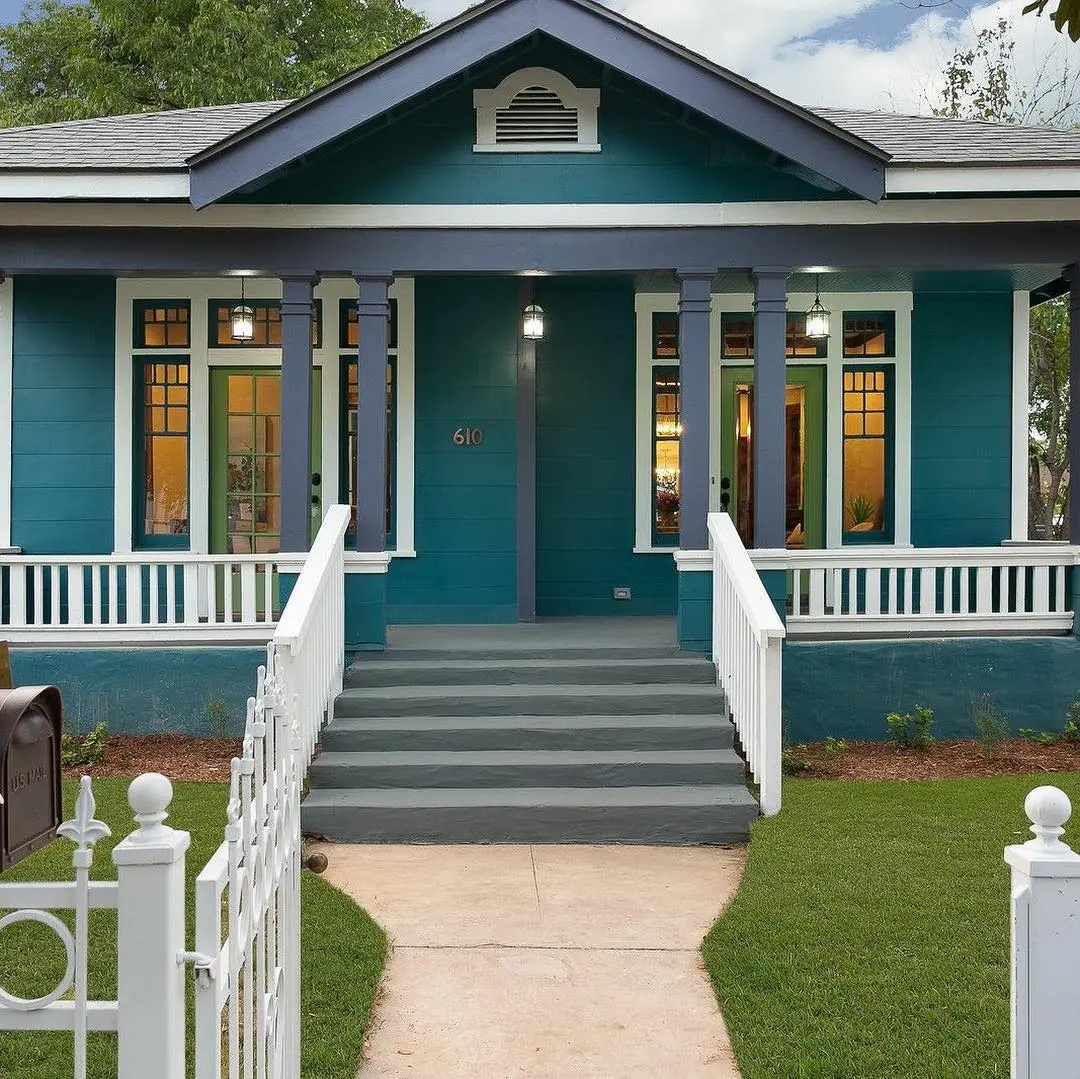
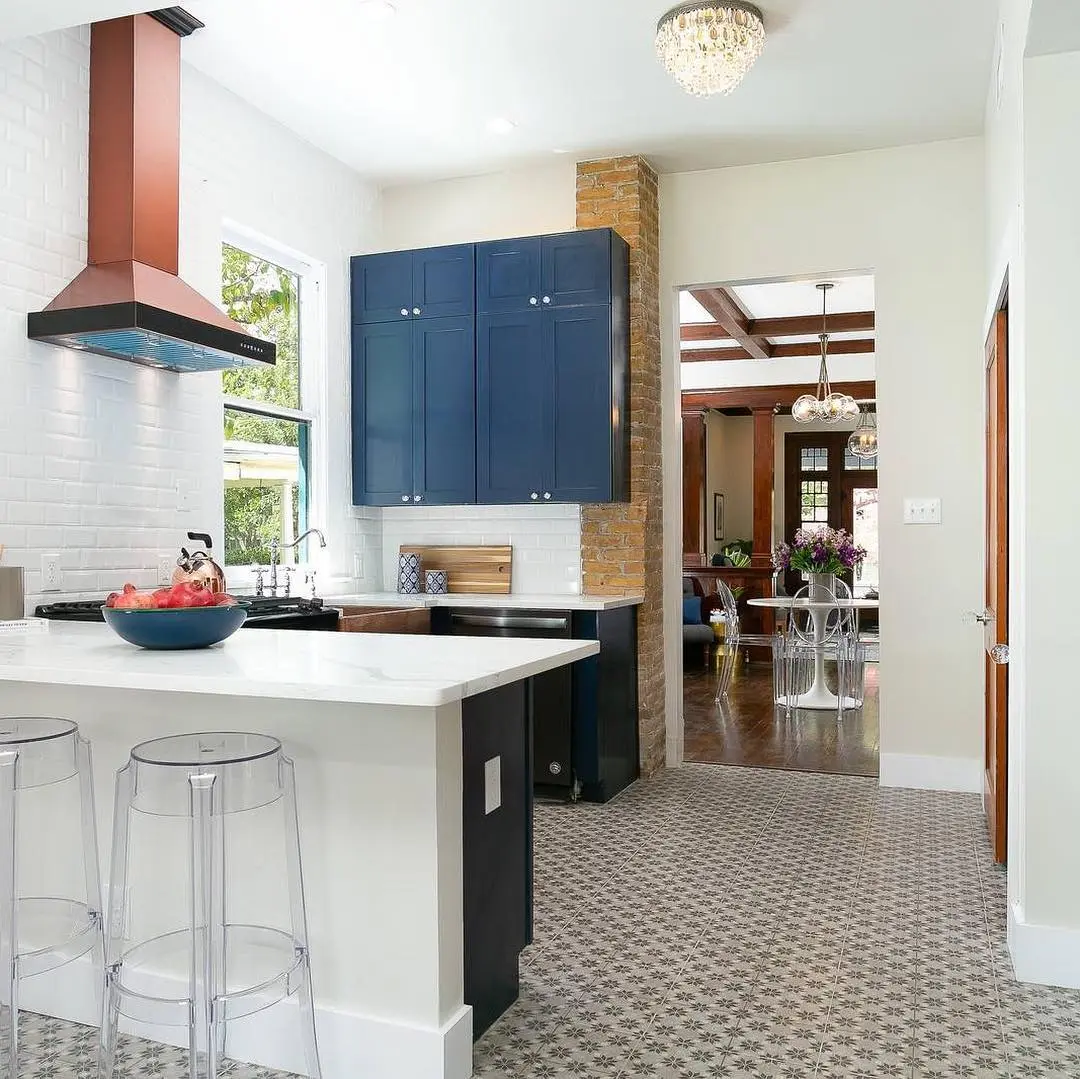
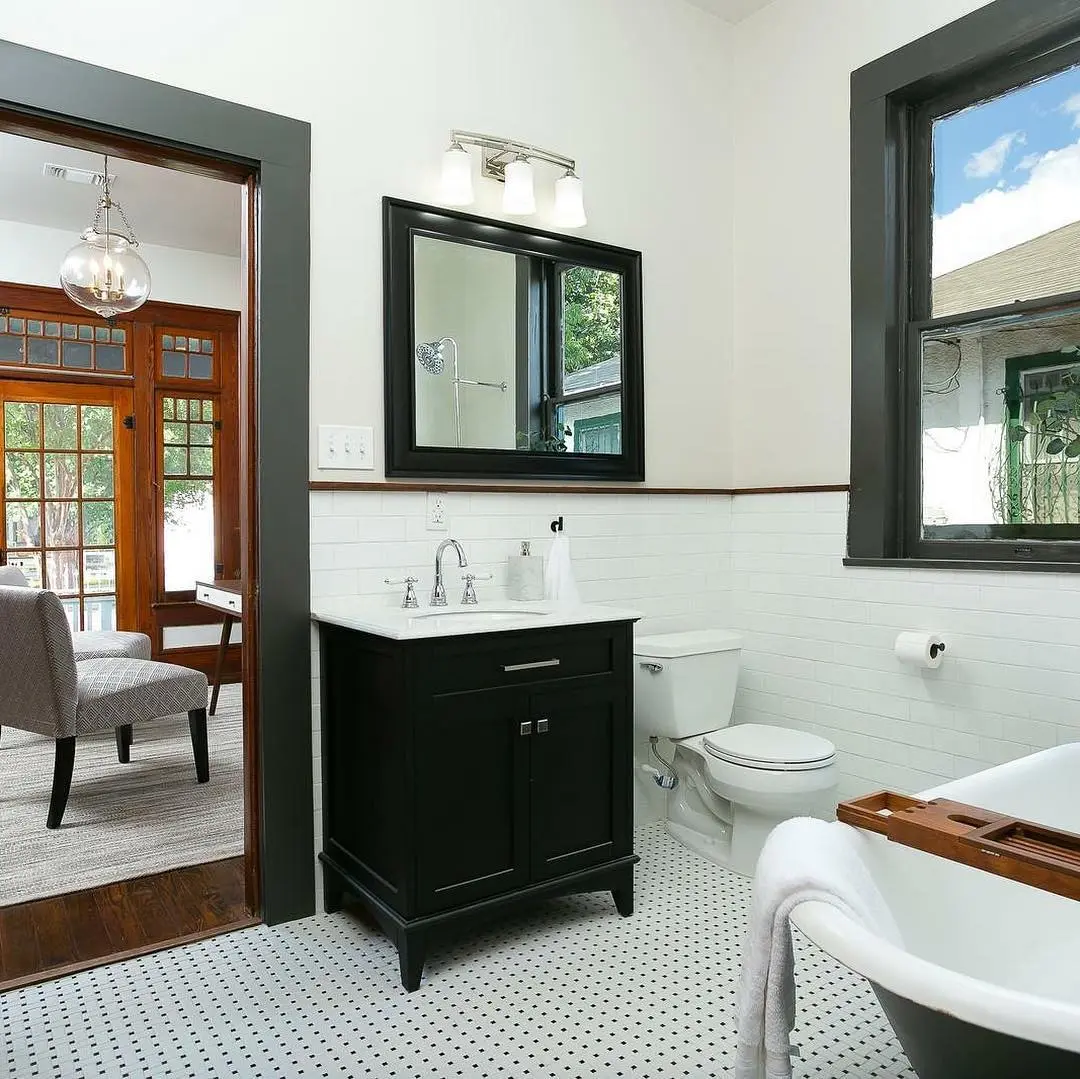
Join our marketplace of over 200k investors and start your REI journey.